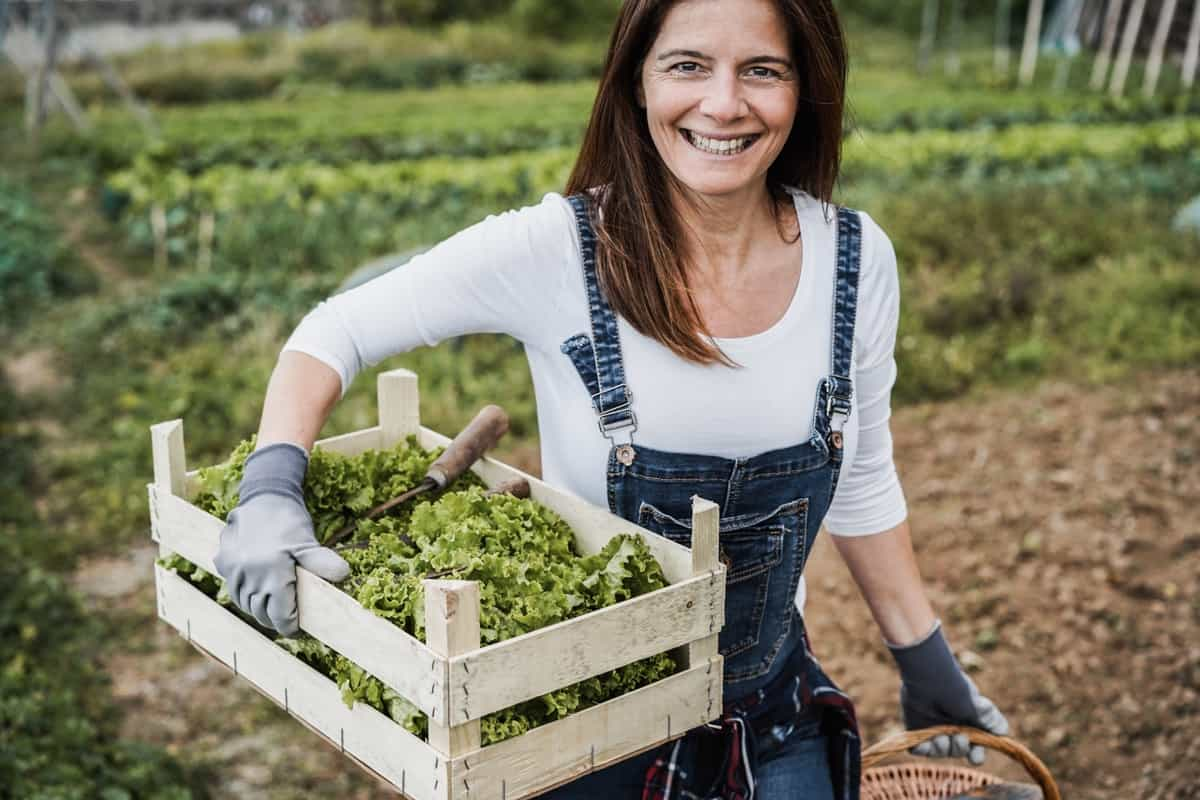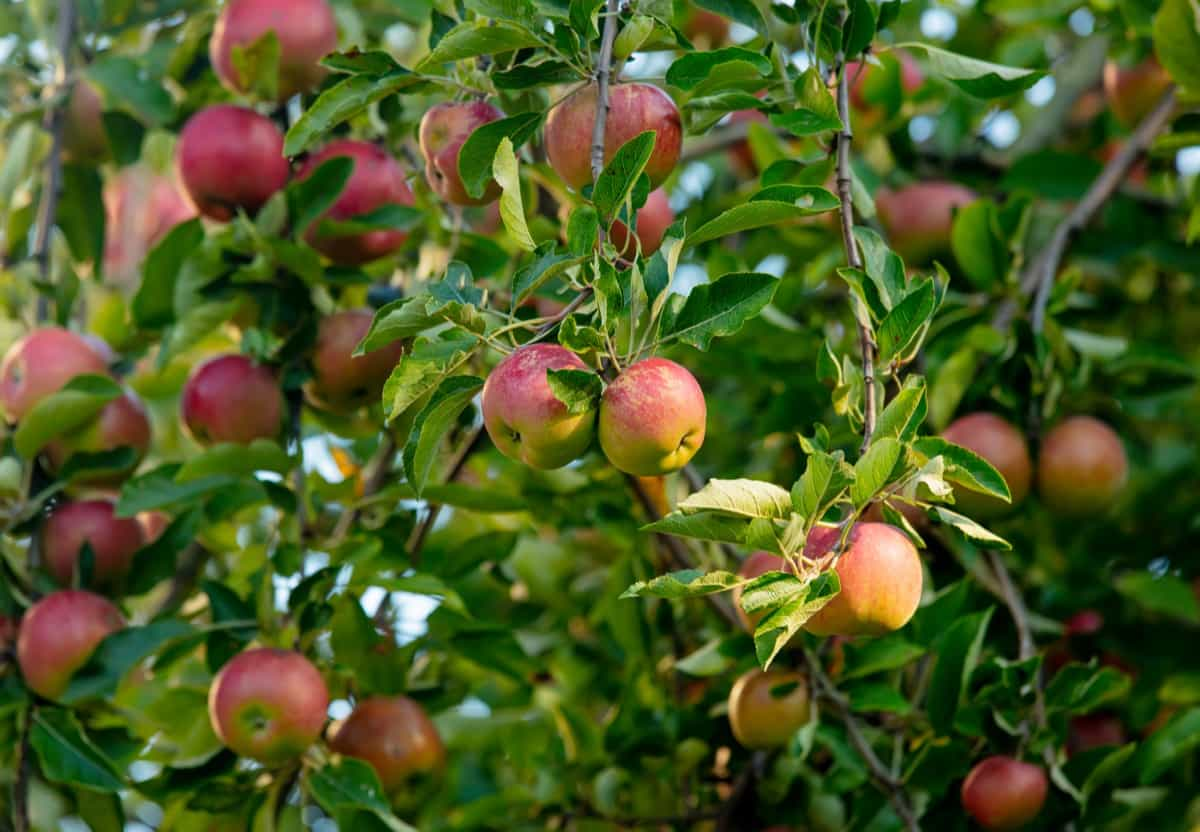The Commonwealth of Virginia, with its varying climates and landscapes, offers a unique platform for gardening enthusiasts. Understanding the USDA planting and growing zones map is crucial for successful planting and gardening in Virginia. These zones, defined by the USDA hardiness zones system, help determine the most suitable plants to thrive in a particular location.

For instance, knowing whether Virginia is zone 7a or 7b can influence your planting decisions significantly. What planting zone is Richmond, Virginia, or what zone is Virginia Beach for planting are common questions that resonate with the need for localized gardening insights. With the tool of planting zones by zip code, gardeners can pinpoint their exact hardiness zone, leading to more effective and tailored gardening practices. North Virginia gardening zones may differ from those in other parts of the state, highlighting the importance of zone-specific knowledge for gardening success.
Virginia Gardening Zones
Exploring the USDA Planting and Growing Zones Map for Virginia
The USDA planting and growing zones map is an indispensable guide for gardeners in Virginia. It divides the state into sections based on the average annual minimum winter temperature. This detailed map allows you to navigate through the state’s gardening zones, which range from 5a in the mountainous regions to 8a in the coastal areas.
Each zone reflects a range of temperatures that plants are expected to withstand. The map shows a gradient of these zones across Virginia, with North Virginia gardening zones typically cooler than those in the south, affecting what plants are best suited for each area.
The Importance of Knowing Your Virginia Gardening Zone
Knowing your Virginia gardening zone is vital for several reasons. It guides you in selecting plants likely to succeed in your local climate. For instance, understanding the difference between zones 7a and 7b in Virginia can influence your choice of plants and their survival rate. The gardening zone information helps plan the planting schedule, ensuring that plants are neither exposed to late frosts nor planted too late in the season. It’s a fundamental step in gardening that can make the difference between a thriving garden and one that struggles.
In case you missed it: Virginia Landscaping Ideas for Backyard and Front Yard: Budget-friendly, Low-maintenance, and Cost per Square Foot

How to Determine Your Specific Gardening Zone in Virginia
To determine your specific gardening zone in Virginia, you can use the planting zones by zip code tool available online. By inputting your zip code, you can determine whether you are located within the gardening zones of Northern Virginia or other areas within the state. This tool is especially useful because it provides a precise zone for your location rather than a general area. Whether you’re wondering if it is Virginia zone 7a or 7b? or what planting zone is Richmond, Virginia? this tool will give you the accurate information needed to plan your garden accordingly.
Factors Affecting Gardening Zones in Virginia: Climate, Temperature, and Geography
Gardening zones in Virginia are influenced by various factors such as climate, temperature, and geography. The state experiences various climatic conditions, from the colder mountainous regions to the warmer coastal areas. Temperature fluctuations within these zones play a significant role in defining the hardiness zones. Geography also shapes local climates; for example, the Appalachian Mountains and the Atlantic Ocean directly impact the surrounding areas’ gardening zones. These factors combined dictate the types of plants that can grow and the best practices for gardening within each zone.
Plant Selection Guide for Different Virginia Gardening Zones
When selecting plants for different Virginia gardening zones, choosing species adapted to the local climate and temperature ranges is crucial. If you’re in North Virginia gardening zones, you might opt for hardy plants that can tolerate cooler temperatures; for those in warmer zones, like Virginia Beach, for planting, tropical and heat-tolerant plants might be more suitable. Each zone has a variety of plants that have been proven to succeed in that area, ensuring that gardeners have many options to beautify their gardens and maximize yields.
Tips and Techniques for Successful Gardening in Virginia’s Various Zones
Successful gardening in Virginia’s various zones requires an understanding of the specific gardening conditions of your area. Here are some tips and techniques: Start by knowing your zone, which you can find through the planting zones by zip code tool. Then, select the right plants for your zone, considering the local climate and temperature range.
For colder zones, such as North Virginia gardening zones, focus on frost-resistant plants, while in warmer zones, like Virginia Beach, for planting, consider heat-tolerant varieties. Moreover, amend your soil according to the needs of the plants you are growing, and always monitor local weather forecasts to protect your plants from unexpected temperature changes. Regularly check for pests and diseases that may be more prevalent in your zone, and practice appropriate plant care techniques to ensure a thriving garden.
In case you missed it: When to Plant Vegetables in West Virginia: Growing Calendar for Northern and Southern Regions

Virginia Gardening Zones and Soil pH: Understanding the Connection
Soil pH is a critical factor in gardening that affects nutrient availability and plant health. In Virginia’s diverse gardening zones, soil pH can vary widely, necessitating a proper understanding to select and cultivate plants that will thrive in your specific zone. Acidic soils are common in areas with heavy rainfall, like some parts of Virginia, while the coastal regions may have more alkaline conditions. Testing your soil’s pH can guide you in amending it appropriately to suit the needs of your desired plants.
Composting in Virginia’s Gardening Zones: Tips for Success
Composting is a valuable practice for improving soil health and fertility in Virginia’s gardening zones. Use a mix of green (nitrogen-rich) and brown (carbon-rich) materials in your compost pile to succeed. Monitor moisture levels to ensure its moist but not soggy. Turn the pile regularly to aerate it, which speeds up the composting process. Creating this nutrient-rich amendment can enhance your garden’s soil, promoting vigorous plant growth regardless of your specific Virginia gardening zone.
Summary of USDA Planting and Growing Zones for Virginia
| USDA Zone | Vegetables | Fruits | Herbs | Flowers |
| 5a | Spinach, Kale, Peas | Apples, Pears | Chives, Parsley | Pansies, Columbines |
| 5b | Broccoli, Cabbage, Carrots | Cherries, Plums | Thyme, Mint | Black-eyed Susans, Peonies |
| 6a | Lettuce, Radishes, Turnips | Peaches, Grapes | Oregano, Sage | Daylilies, Lavender |
| 6b | Beets, Brussels Sprouts, Onions | Blueberries, Raspberries | Basil, Cilantro | Roses, Hydrangeas |
| 7a | Tomatoes, Sweet Corn, Green Beans | Figs, Apricots | Rosemary, Dill | Zinnias, Marigolds |
| 7b | Cucumbers, Peppers, Eggplants | Blackberries, Pomegranates | Lavender, Lemongrass | Sunflowers, Dahlias |
| 8a | Squash, Melons, Sweet Potatoes | Kiwi, Citrus fruits | Bay Laurel, Tarragon | Hibiscus, Camellias |
In case you missed it: When to Plant Peppers in Virginia: Growing Bell Peppers, Hot Peppers, Banana Peppers, and Jalapenos

Conclusion
The USDA planting and growing zones map is a fundamental tool for Virginia gardeners, offering guidance on what plants to choose and when to plant them. Whether you’re dealing with the cooler climates of North Virginia gardening zones or the warmer conditions of Virginia Beach, understanding your specific zone and how it influences soil pH and composting practices is key to cultivating a successful and vibrant garden.
- Ultimate Guide to Ossabaw Island Hog: Breeding, Raising, Diet, and Care
- Ultimate Guide to Juliana Pig: Raising Facts, Size, Diet, Care, and Lifespan
- Raising Lleyn Sheep: Disadvantages, Price, Uses, Characteristics, and Care
- Ultimate Guide to Meishan Pig: Breed Facts, Breeding, Raising, and Care
- Ultimate Guide to Teacup Pigs: Raising, Diet, Lifespan, Cost, and Care
- Guide to Raising Poll Dorset Sheep: Facts, Profile, Characteristics, Uses, and Care
- Ultimate Guide to Bighorn Sheep: Characteristics, Diet, Lifespan, Breeding, and Lifecycle
- Ultimate Guide to Raising Katahdin Sheep: Farming Facts, Breed Profile, Uses, and Care
- Ultimate Guide to Raising Oreo Cows: Belted Galloways Farming Facts, Profile, Uses, and Care